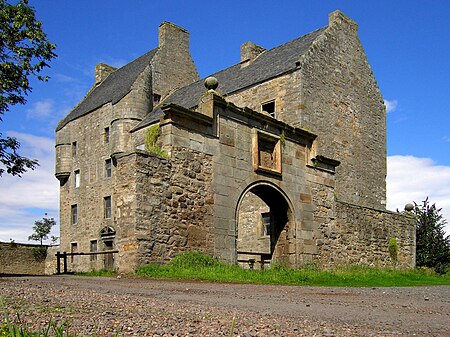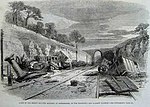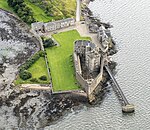Midhope Castle
Castles in West LothianCategory A listed buildings in West LothianHouses completed in the 16th centuryListed castles in ScotlandRuins in West Lothian ... and 2 more
Scheduled Ancient Monuments in West LothianTower houses in Scotland

Midhope Castle is a 16th-century tower house in Scotland. It is situated in the hamlet of Abercorn on the Hopetoun estate, About 4 kilometres (2.5 mi) to the west of South Queensferry, on the outskirts of Edinburgh. It is a Category A listed building.
Excerpt from the Wikipedia article Midhope Castle (License: CC BY-SA 3.0, Authors, Images).Midhope Castle
Nethermill Bridge,
Geographical coordinates (GPS) Address External links Nearby Places Show on map
Geographical coordinates (GPS)
| Latitude | Longitude |
|---|---|
| N 55.992081 ° | E -3.487405 ° |
Address
Midhope Castle
Nethermill Bridge
EH30 9SL
Scotland, United Kingdom
Open on Google Maps








